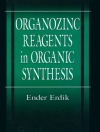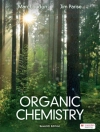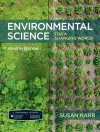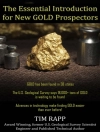The shift towards being as environmentally-friendly as possible has resulted in the need for this important volume on the topic of green nanoscience. Edited by two rising stars in the community, Alvise Perosa and Maurizio Selva, this is an essential resource for anyone wishing to gain an understanding of the world of green chemistry, as well as for chemists, environmental agencies and chemical engineers.
Daftar Isi
GREEN NANOSCIENCE
Formation of Nanoparticles Assisted by Ionic Liquids
CO2-Expanded Liquids for Nanoparticle Processing
Green Synthesis and Applications of Magnetic Nanoparticles
Photocatalysis by Nanostructured Ti O2-based Semiconductors
Nanoencapsulation for Process Intensification
Formation of Nanoemulsions by Low-Energy Methods and Their Use as Templates for the Preparation of Polymeric Nanoparticles
Toxicity of Carbon Nanotubes
A Review of Green Synthesis of Nanophase Inorganic Materials for Green Chemistry Applications
Use of Extracted Anthocyanin Derivatives in Nanostructures for Solar Energy Conversion
Nanomaterials from Biobased Amphiphiles: the Functional Role of Unsaturations
Tentang Penulis
Paul T. Anastas joined Yale University as Professor and iserves as the Director of the Center for Green Chemistry and Green Engineering at Yale. From 2004-2006, Paul Anastas has been the Director of the Green Chemistry Institute in Washington, D.C. Until June of 2004 he served as Assistant Director for Environment at e White House Office of Science and Technology Policy where his responsibilities included a wide range of environmental science issues including furthering international public-private cooperation in areas of Science for Sustainability such as Green Chemistry. In 1991, he established the industry-government-university partnership Green Chemistry Program, which was expanded to include basic research, and the Presidential Green Chemistry Challenge Awards. He has published and edited several books in the field of Green Chemistry and developed the 12 principles of Green Chemistry.












